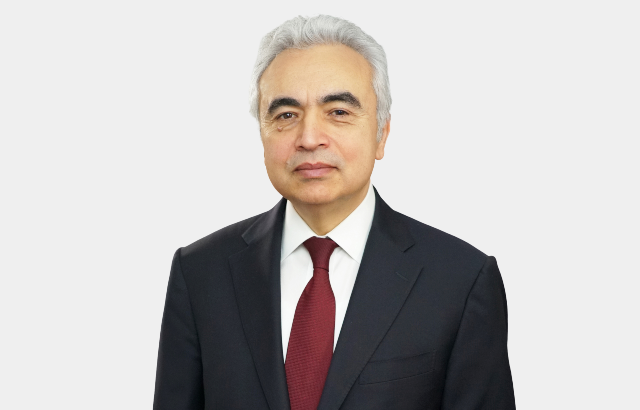Nordic investors sent a letter to the International Energy Agency (IEA) demanding that its annual publication, the World Energy Outlook (WEO), provides a Paris Agreement-aligned scenario.
Storebrand, Nordea, PensionDanmark and Alecta were among 64 signatories which highlighted the WEO’s influential role in shaping investment and political decisions worldwide, as it can serve as an information source for investors.
The IEA is an autonomous body within the OECD framework and its mission is to ensure reliable, affordable and clean energy for its 30 member countries and beyond.
Insufficient WEO scenario
The letter was sent to Fatih Birol, executive director of the IEA (pictured above), shortly after the WEO was released on 13 November and followed a similar letter in April.
It said: “The WEO must provide governments, investors and companies with a scenario that describes what they would need to do to align their policies, investments and business strategies with the Paris Agreement’s long-term goal of limiting global temperature rise to 1.5ºC.
“As the WEO can become a self-fulfilling prophecy, it carries a major responsibility that goes way beyond that of other publications that are merely descriptive.
“The ambition of the Sustainable Development Scenario (SDS) must be increased to present a reasonable probability of reaching net-zero emissions by 2050 (not 2070) and limiting warming to 1.5ºC (not 1.8ºC),” the letter stated.
Odd Arild Grefstad, chief executive of Storebrand, added: “The call to action also requests the Agency to include analyses on the effects of the implementation of renewable energy, increased energy efficiency, increased proportion of electric cars and a slowdown in the development of oil, gas and coal production in its renewable scenario.”
In response, the IEA commented: “The SDS in this year’s edition is already fully compliant with the goals of the Paris Agreement.
“As science, technologies, markets, policies, and costs evolve each year, we take those changes into account in our analysis. We will do so again as we prepare for next year’s edition of the WEO.”
Importance of scenario analysis
Investors are using scenario analysis regarding climate-related risks to stress test their portfolios.
This is also a key component of the Task Force on Climate-related Financial Disclosures (TCFD) recommendations to investors and companies.
The recommendations are a climate-related reporting framework to solicit consistent, decision-useful, forward-looking information on the material financial impacts of climate-related risks and opportunities.
The Task Force emphasised in its 2017 report the importance of using a set of scenarios covering a variety of plausible future climate states, including a 2°C or lower scenario.
Greenpeace warned in an investor briefing at the beginning of 2019 that investors could be exposed to unmanaged risks if, in their testing, they rely on a scenario that is not aligned with the Paris goals.
Signatories to the letter renewed their call on the IEA to “make a fully transparent SDS the central reference in the 2020 WEO”.
“It should include a precautionary approach to negative emissions technologies, and the steps needed to follow that pathway,” they said.







